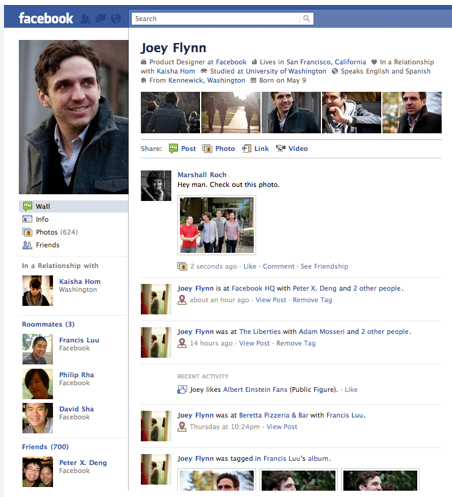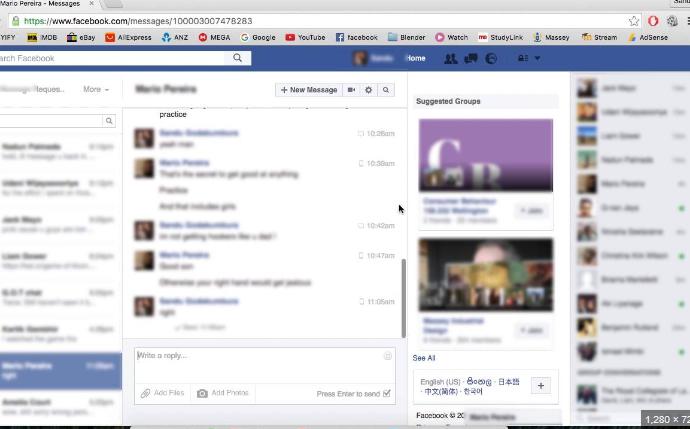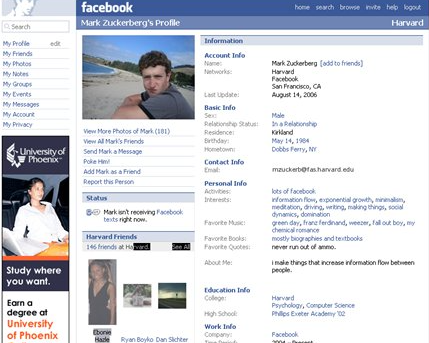Facebook Old Versions | Facebook Old Versions APK
Facebook, launched in 2004 by Mark Zuckerberg and his Harvard roommates, has transformed from a simple college networking site into one of the most influential social media platforms in the world. Over the years, Facebook has undergone numerous changes, each version reflecting the evolving needs and desires of its users. Let’s take a nostalgic journey through some of the older versions of Facebook and see how it has evolved.

TheFacebook (2004)
The earliest iteration of Facebook was known as “TheFacebook.” Launched in February 2004, it was a basic social networking site exclusively for Harvard students. Users could create a profile with a photo and personal information, list their courses, and connect with classmates. The interface was minimalist, with a simple blue and white color scheme that remains a Facebook hallmark.
Expansion and New Features (2005-2006)
In 2005, TheFacebook dropped the “The” and became simply “Facebook.” The platform expanded to other Ivy League universities, then to most universities in the United States and Canada, and eventually to high schools and businesses. This period saw the introduction of several key features:
- Photos: Users could now upload and share photos, creating albums and tagging friends.
- Groups: This allowed users to create and join interest-based communities.
- The Wall: Each user profile featured a “Wall” where friends could post messages.
News Feed and Mini-Feed (2006)

One of the most significant updates came in 2006 with the introduction of the News Feed and Mini-Feed. The News Feed displayed a real-time list of updates from friends, while the Mini-Feed provided a similar function on individual profiles. Despite initial backlash from users concerned about privacy, the News Feed quickly became a core component of Facebook, fundamentally changing how users interacted with the platform.
High-Quality Photo and Video Uploading (2007)
In 2007, Facebook introduced the ability to upload high-quality photos and videos, enhancing the user experience and allowing for richer content sharing. This feature enabled users to share their memories in greater detail and helped Facebook become a go-to platform for visual content.
Facebook Platform (2007)

In the same year, Facebook launched the Facebook Platform, allowing third-party developers to create applications and games that integrated with the site. This move spurred the creation of countless apps, from the highly popular FarmVille to various quizzes and interactive features. The introduction of the platform significantly expanded Facebook’s functionality and user engagement.
Timeline (2011)
In 2011, Facebook introduced the Timeline, a major redesign of user profiles. The Timeline arranged a user’s posts and activities in chronological order, creating a digital autobiography. This update also included a new cover photo feature, allowing users to personalize their profiles further. The Timeline was a controversial change but ultimately provided a more comprehensive and visually appealing way to view personal histories.
Mobile Integration and Continuous Updates (2012-Present)
As smartphones became ubiquitous, Facebook shifted its focus toward mobile integration. The release of dedicated mobile apps for iOS and Android, along with continuous updates to improve user experience on these platforms, ensured that Facebook remained accessible and convenient for its growing user base.

Reaction Buttons and Algorithm Changes
In 2016, Facebook introduced reaction buttons, allowing users to respond to posts with more nuanced emotions than a simple “like.” The platform also continually updates its algorithms to prioritize content that fosters meaningful interactions, aiming to keep users engaged and connected.
Removal of High-Quality Photo and Video Uploading (2018)
In 2018, Facebook made a controversial decision to remove the high-quality photo and video uploading option. This change was met with disappointment from many users who valued the ability to share high-resolution content. The removal was part of a broader effort to streamline the platform and reduce the strain on Facebook’s servers, though it left a noticeable gap in the user experience.

The Shift to Privacy and Groups (2018-Present)
Recent versions of Facebook reflect a shift towards privacy and community. Features like Stories, which allow users to share temporary posts, and a renewed emphasis on Groups, support more private and intimate interactions. Facebook has also made strides in improving user data security and transparency in response to various privacy concerns.
From its humble beginnings as a college networking site to a global social media powerhouse, Facebook has continually evolved to meet the changing needs of its users. Each version of the platform has brought new features and functionalities, shaping the way we connect and communicate in the digital age. While the future of Facebook remains to be seen, its past versions offer a fascinating glimpse into the evolution of online social interaction.
Download Facebook Older Versions
Download Facebook Older Versions